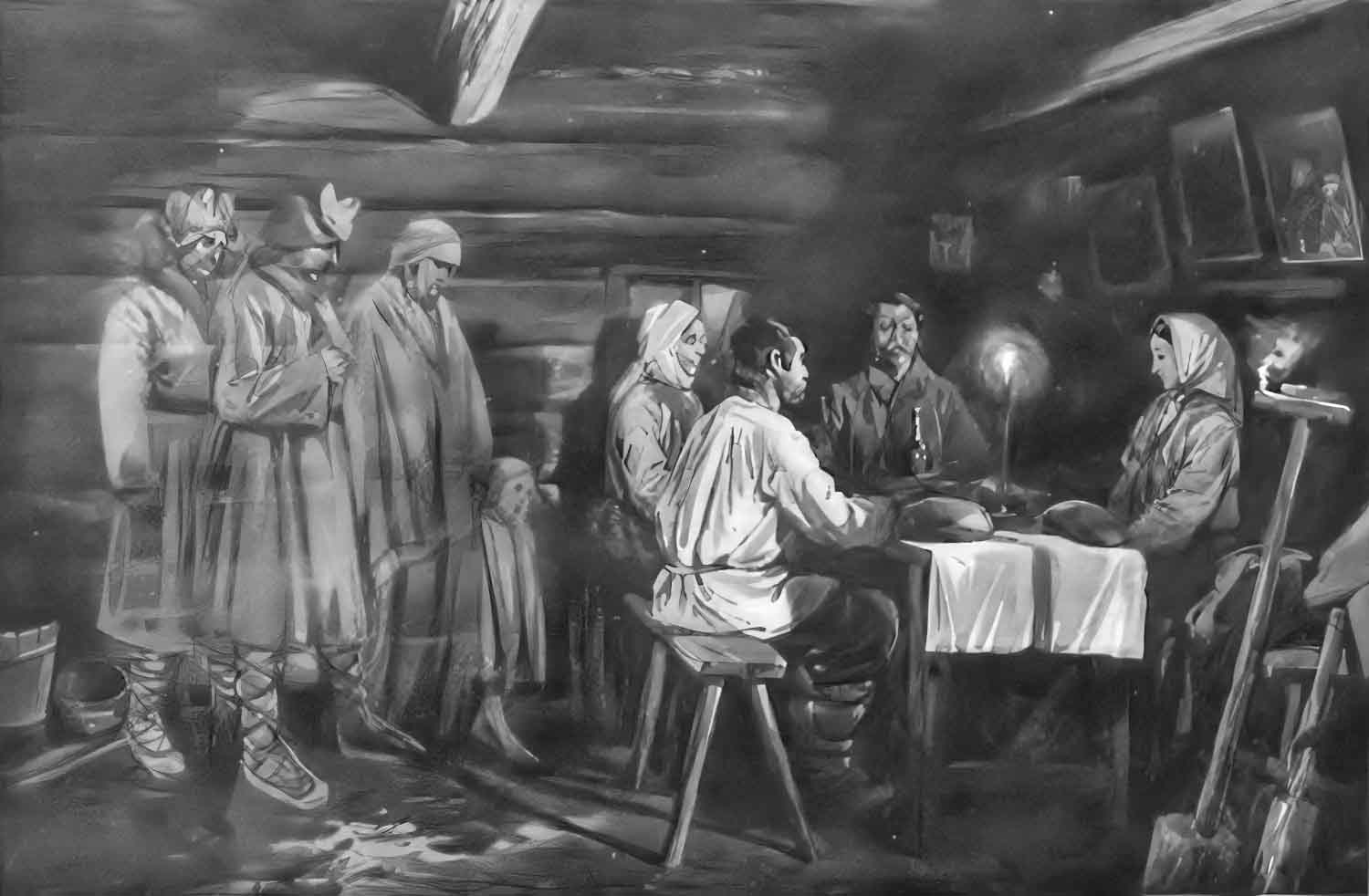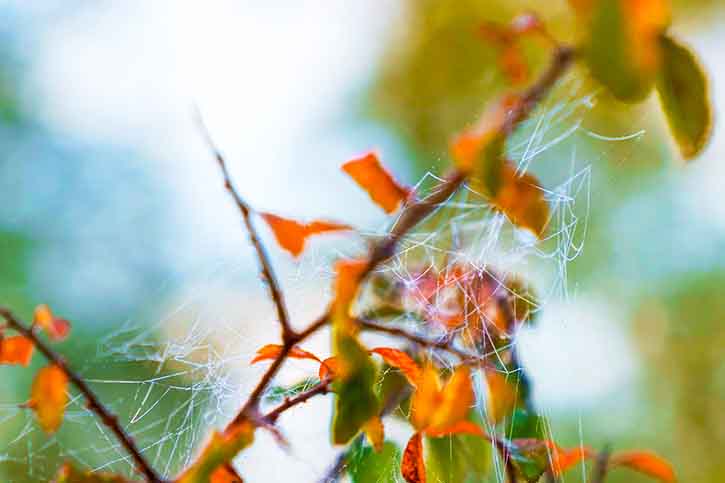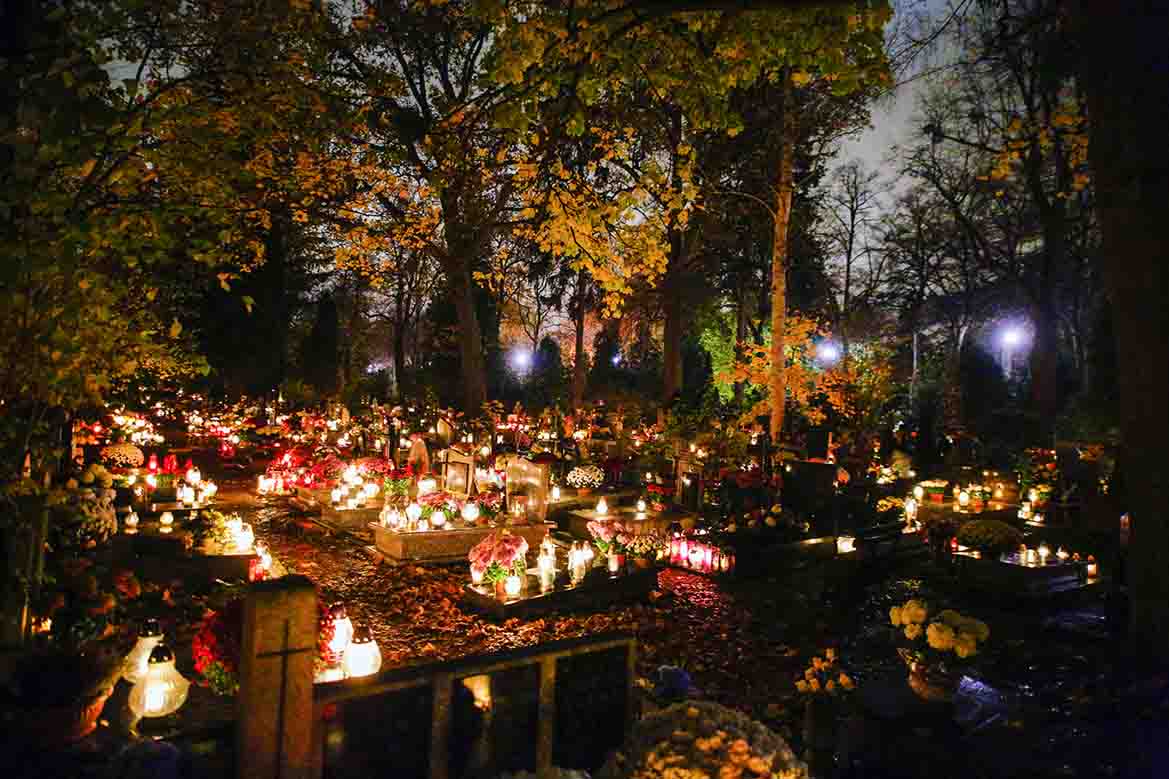FOREFATHERS EVE – This is the name of a celebration among commoners in many districts of Lithuania, Prussia, and Courland, in remembrance of their forefathers, or, more generally, deceased ancestors. This celebration dates back to pagan times and was once called the goat's feast, presided over by a "Koźlarz," "Huslar," or "Guślarz," a priest and poet (gusli player) in one. In modern times, as enlightened clergy and landowners have attempted to eradicate the custom, which was associated with superstitious practices and often reprehensible luxury, commoners celebrate "Forefathers' Day" secretly in chapels or empty houses near cemeteries. A feast of various foods, drinks, and fruits is commonly held there, and the souls of the deceased are summoned. It is noteworthy that the custom of offering food to the dead seems to have been common to all pagan peoples, in ancient Greece during Homeric times, in Scandinavia, in the East, and even today on the islands of the New World. Our Dziady is particularly noteworthy in that pagan rituals are intermingled with Christian notions, especially since All Souls' Day falls around the time of this celebration. The common folk understand that with food, drink, and songs, it brings relief to the souls in purgatory.
— Adam Mickiewicz "Forefathers' Eve, Part II"
When Mieszko I accepted baptism, bringing his country into the fold of Christian civilization, the tradition of celebrating All Saints' Day in the Church was very young. It's no wonder, then, that the influence of ancient Slavic beliefs remained strong in the society of the young, Christian Piast monarchy for centuries to come. State policy and the Church's liturgical calendar were one thing, while the spirituality and customs of the Polish people, practiced in the privacy of their homes, were another. Just as the date of November 1st had been adapted to Church practices several centuries earlier in Western Europe, taking into account Celtic and Germanic customs, so too in Poland, Slavic beliefs and customs persisted long after the baptism of the ruler and his entourage, influencing the rituals associated with celebrations honoring the dead.
Vivid traces of folk rituals related to the celebration of dziady, i.e. rites in honour of the dead, were also present in some regions in the first decades of the 20th century.

Depiction of dziady in Belarus, Stanisław Bagieński, Tygodnik Ilustrowany № 44, 1904 (p. 67) (Source: Wikipedia)
The word "dziady" (forefathers) refers to ancestors, old men, wandering beggars, but also spirits. In Slavic tradition, the visible and invisible worlds intertwined, and the belief in the spiritual presence of ancestors in the lives of the living was the norm. For these reasons, ceremonies honoring the dead were held not just once a year, but at least several times (at any time of year). The most important of these fell in spring (April or late April/early May) and autumn (late October/early November).
Dziady, a spring feast, was also called radonica or radnica, a reference to "joy" and "family." It was a festive feast held at the graves of the deceased, traditionally held on the second Tuesday after Easter. It was believed that on this day, deceased ancestors would return from the afterlife and participate in the feast, and therefore a meal should be prepared for them. Souls were "fed" by burying some of the food in the ground near the grave. To allow the deceased to attend the feast, wooden footbridges (gangways) were prepared and placed near the grave. The spring feast in honor of the deceased was joyful and often lasted until dawn.
Over the years, as Christian influences grew stronger, it became a tradition to donate a portion of the prepared food to the poor in exchange for prayers for the soul of the deceased. Before the feast, a mass was celebrated at the cemetery, and the graves were decorated with flowers. Dziady jesienne (Forefathers' Eve in the Fall), on the other hand, was usually celebrated in the privacy of one's home—not in a cemetery chapel, as Mickiewicz described. It had a much more serious and reflective character than Radonitsa. It was believed that at the turn of October and November, the souls of the dead returned from the afterlife and circulated among the living. Interacting with them through appropriate rituals was supposed to bring peace to the souls and the favor of the unseen world to the living.
According to folk beliefs, on All Souls' Day, souls gathered in church to participate in Mass celebrated by the deceased priest. In some regions, this belief was so strong that – as with private homes – the church was also prepared for the arrival of souls, for example, by leaving a missal and stole for the deceased to celebrate the service.
A permanent element of folk and Christian rituals during All Saints' and All Souls' Days was almsgiving. Beggars gathered in front of churches, provided with food, and asked for prayers for the deceased – similar to the spring beggars' feast. According to an ancient belief, the spirit of an ancestor could take the form of a wandering old man (dziad), who should be provided with refreshments and hospitality. Under the influence of Christianity, dziady came to be considered a personification of Jesus himself, who, together with St. Peter, wanders the world, checking whether people are guided by mercy towards their neighbors. Refusing to host a beggar was considered a bad omen and a cause for potential misfortune.
Over the years, Christian tradition supplanted most of the folk beliefs and customs associated with the cult of the dead. However, some elements of these beliefs were adapted by Christianity and have survived to this day. This includes not only the lighting of candles but also other customs that are no longer associated with commemorating the dead today, such as leaving an empty place at the Christmas Eve table, a remnant of the custom of "feeding" souls during the Dziady celebrations.
Translation from Polish by Andrew Wozniewicz.











